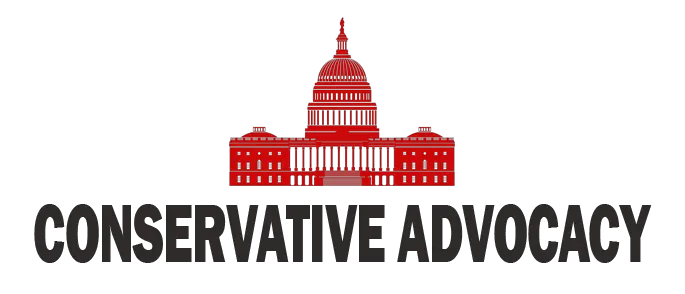In a bold move affirming his commitment to national security, President Donald Trump is ramping up his immigration enforcement tactics. This decision showcases his dedication to securing both the southern and northern borders. Recently, Secretary Pete Hegseth revealed the presence of active military personnel collaborating with Border Patrol agents. This partnership is expected to make a significant impact on the rising numbers of illegal immigrants. The Trump administration is not just observing the situation from a distance; it is taking concrete steps to address the influx of individuals crossing the border illegally, including those with criminal backgrounds.
As part of this strategy, images have surfaced of United States Marines arriving at Guantanamo Bay. These Marines are now tasked with detaining violent illegal immigrants, showcasing the seriousness of the current crackdown. The administration has been busy orchestrating swift deportations, aiming to fly out individuals with criminal records. However, this has triggered a wave of protests across major cities like Dallas and Los Angeles. As demonstrators take to the streets, many carry Mexican flags and express their discontent with Trump’s policies, leading to confrontations with law enforcement. Alarmingly, some protesters have been witnessed burning the American flag, raising eyebrows and questions about their motivations.
In Los Angeles, the situation turned chaotic as a protest occupied the busy 101 freeway. Law enforcement faced criticism for allowing the peaceful demonstration to block traffic for an extended period, leading many to wonder about the implications of such protests during heightened tensions regarding immigration policies. Individuals waving flags and chanting slogans appear to be doing more harm to their cause than good, with critics arguing that such actions alienate the very audience they need to convince. Instead of fostering dialogue, they risk reinforcing negative perceptions surrounding illegal immigration.
The debate over the consequences of strict immigration policies is complex; it encompasses various arguments about humanitarian needs and economic impact. Supporters of Trump’s strategy assert that the focus should remain on individuals who have exploited the system and potentially pose a threat to communities. As tales circulate of individuals with serious criminal charges being protected by specific community campaigns, it raises critical questions about prioritization and community safety. The administration pushes for support in targeting these violent offenders, insisting that protecting innocent lives should remain a top priority.
Conversely, discussions suggest that the economic contributions of undocumented immigrants cannot be ignored. While certain industries benefit from their labor, many opponents argue that illegal immigration undermines job opportunities for American citizens. This growing tension between labor needs in specific sectors and rising unemployment rates among Americans fuels an ongoing debate. As communities respond to crime-related incidents, locals may find it increasingly difficult to balance these complex perspectives.
As President Trump continues to assert his immigration agenda, it remains clear that the conversation surrounding it is far from settled. With tensions high, protests ongoing, and many holding their respective flags high, the landscape of American immigration policy faces challenges on all fronts. The stakes are high, and as this story unfolds, it will undoubtedly capture the attention of citizens across the nation, forcing everyone to ask not only whose side they are on but what future they envision for America’s borders.




